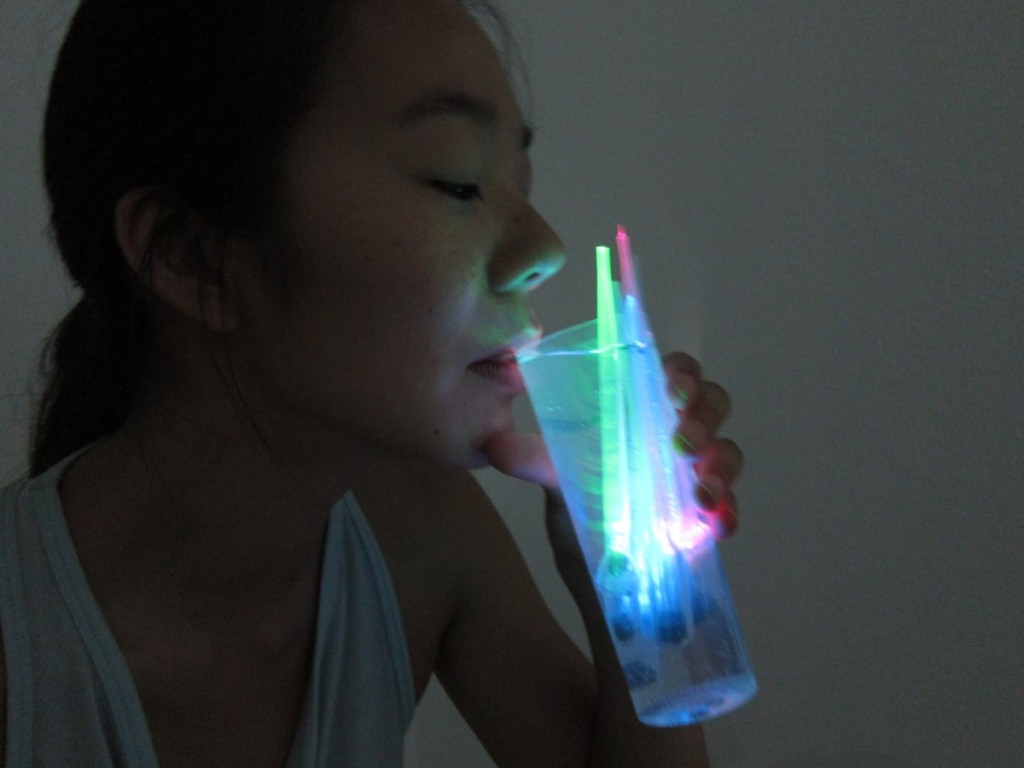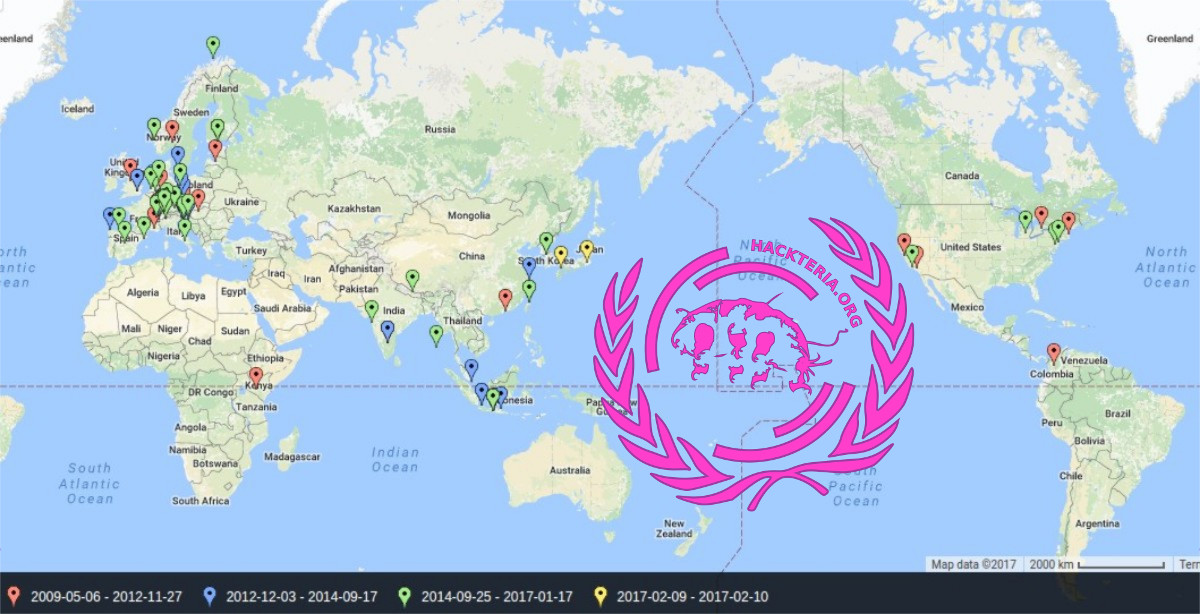An Oechslemeter is a simple instrument to measure the relative density of a liquid. its also called an Aräometer or Hydrometer. The measure of Oechslegrad (degree Oechsle, ° Oe), also “must weight“, is used in the German/Swiss wineculture to specifiy to the sugar content in the fruitjuice, thus the change of the Oechligrad before -> after fermentation gives information about how much of the sugar has been transformed into alcohol by the yeast. So that means its not an alcoholmeter for a winetester, it only works when you measure before and after as a winemaker.
more about DIY fermentation is on the wiki.
Simple Instructions
This DIY version of a hydrometer, consists of a plastic pipette filled with small lead beads from a fishermen’s shop. Put as many lead beads in it until it nicely floats in fresh water, sticking out only a little bit (1 cm) from the surface of the water. Now mark the position on the pipette with a waterproof marker. When you add sugar to the warer the DIY Öchslemeter starts to raise, due to the change of density of a sugar solution. If you work with fresh fruit joice, the Öchlegrad is of course only partially due to the sugar content, there is also other components in the juice influencing the density. Still it gives you an information of how much alcoholcontent could be produced during the fermentation.
DIY cyber Oechslemeter
This is the version for geeks, futurists and hot winemaking girls. Cut open the lower, big part of the pipette, add a tiny 3V battery and a coloured LED, add the lead beads and finally glue everything together again with some hotglue. Measure, mark and calibrate in different solutions…. and enjoy!



















[…] nano and bio experiments, or how to use other cheap, easy to come by material in order to build an hydrometer (instrument to measure the relative density of a liquid), an incubator or even a bat detector? […]
[…] nano and bio experiments, or how to use other cheap, easy to come by material in order to build an hydrometer (instrument to measure the relative density of a liquid)? Then you should check out the DIY pages […]
[…] nano and bio experiments, or how to use other cheap, easy to come by material in order to build an hydrometer(instrument to measure the relative density of a liquid), an incubator or even a bat detector? Then […]